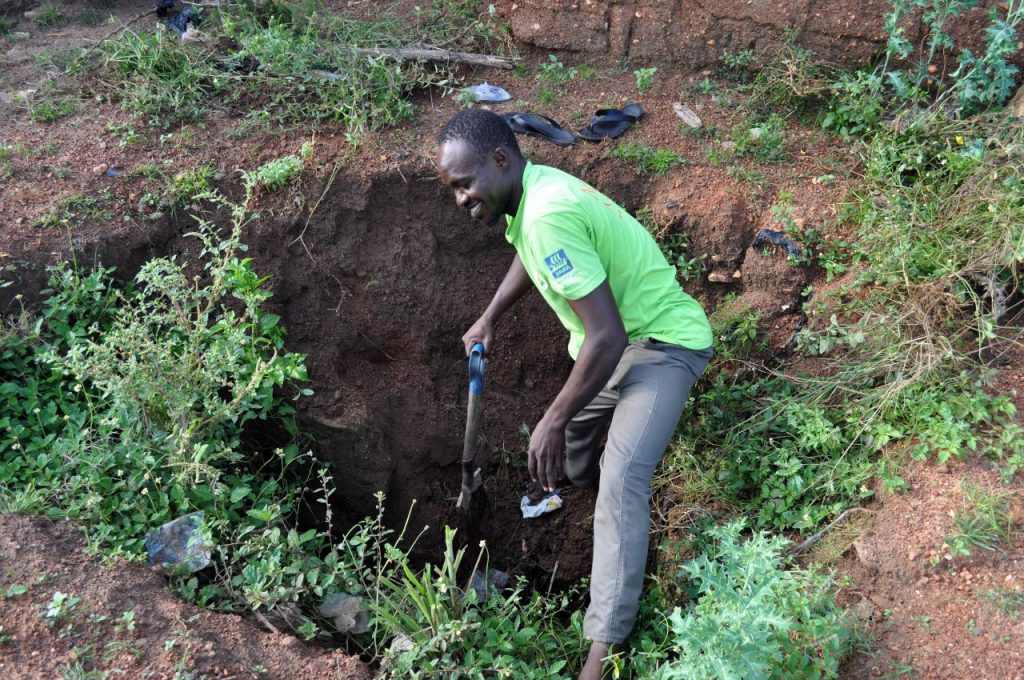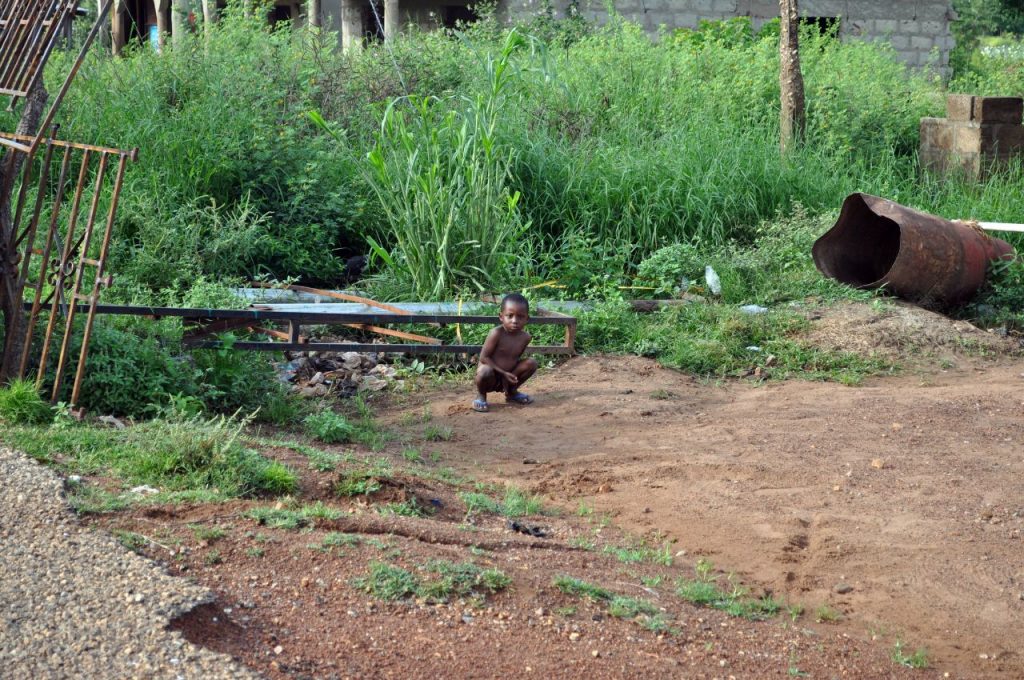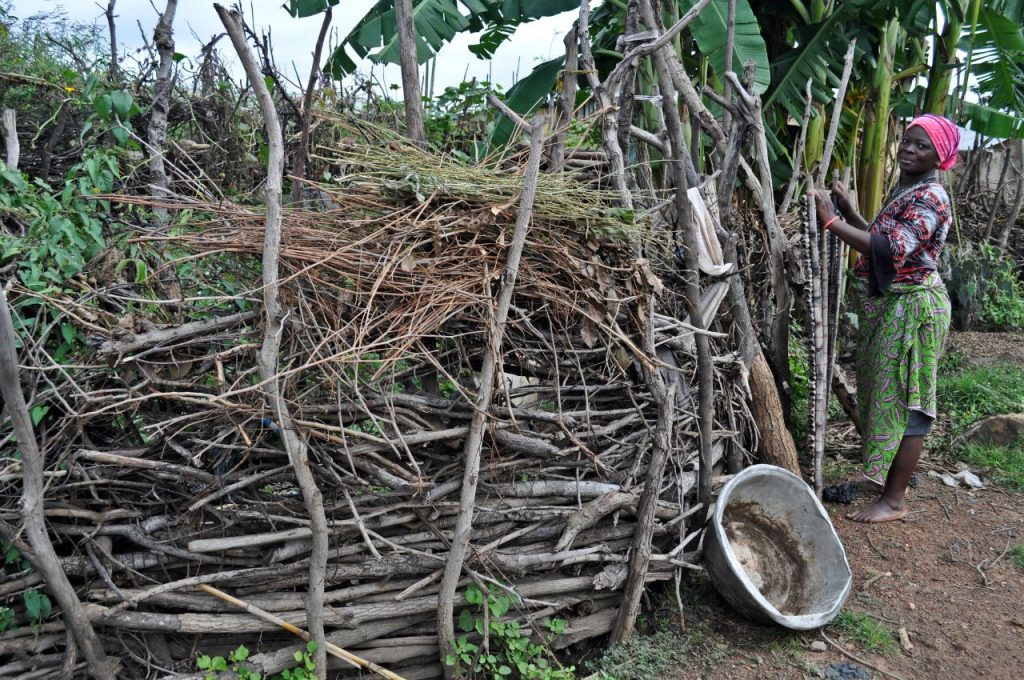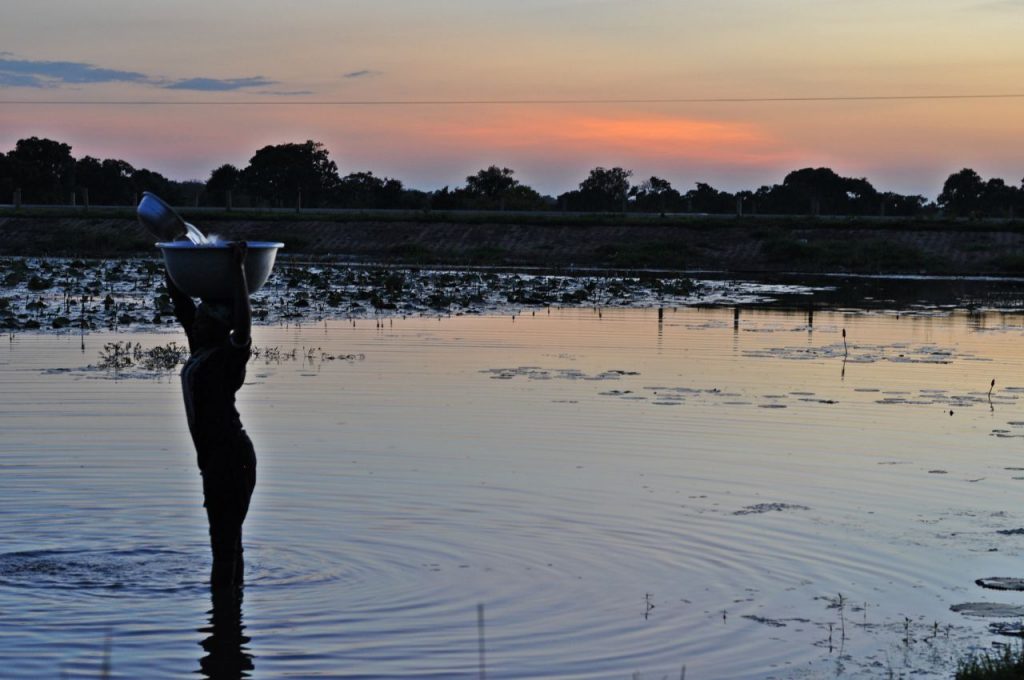This project is made possible through the partnership of WATER CHARITY and the NATIONAL PEACE CORPS ASSOCIATION. ![]()
This project has been completed. To read about the conclusion, CLICK HERE.
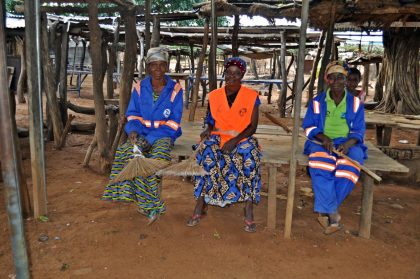 Location
Location
This project summary has been redacted for security reasons to omit the specific project location.
Nxxxx, Upper West, Wa West, Ghana
Community Description
Nxxxx is a town that has a population of around 3,000 people located on the border of the Northern and Upper West region of Ghana. The majority of the community are farmers but teachers, nurses, carpenters, masons, seamstresses, chop bar, spot, and store owners are located within the community as well. Most of the community has received little education and depends on their labor skills to make a living.
The community mostly depends on dam water as their main source of water because the majority of boreholes are placed outside of the community due to its rocky nature. Especially during the dry season, the majority of women will fetch water from the dam to wash, bath, and sometimes cook with.
Problem Addressed
Less than 3 percent of Nxxxx has access to a household toilet, and the majority of toilets built are incomplete due to the lack of funds. The community’s large population and the lack of latrines have led to major health issues from indirect fecal-to-oral transmissions of diseases, such as cholera, typhoid, trachoma, diarrhea, and dysentery. Mainly the children are affected by these diseases leading to malnutrition, and terrible school attendance.
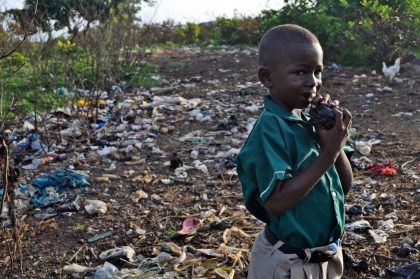 During a house-to-house community needs assessment and community meetings men, women, and children have discussed their need for latrines. With the environmental health officer present in the community for the past year and a half, many people have started to build latrines with the material they could afford, but the majority are left unfinished.
During a house-to-house community needs assessment and community meetings men, women, and children have discussed their need for latrines. With the environmental health officer present in the community for the past year and a half, many people have started to build latrines with the material they could afford, but the majority are left unfinished.
Project Description
This project is to build 40 latrines in the community as the start of a community-wide effort to end open defecation.
The chosen design is the Mozambique-style latrine, consisting of a circular pit 6-7 feet deep and 3 feet in diameter. The inside of the latrine is lined with cement, and the Mozambique-style slab consists of just sand, rocks, and cement.
All of the materials are available within the community except the doors. Community members will provide all the labor, including digging the pit, molding the blocks for the superstructure, and assisting the masons and carpenters with the labor of making the slabs and the placement of the superstructure.
The four masons and carpenters chosen for the project are all within the community making the project more sustainable for when latrines need to be built again. The community is contributing over 40 percent of the costs of labor work.
Over 150 community households requested house latrines, with the first 40 who have already started to dig their pits given priority for this phase.
Participants agreed to come to the community for a three-day training to learn how to properly dig the pit, line the pit, and add the slab on top of the pit. This will allow for the masons, carpenters, and community members to receive education on how to properly execute a latrine.
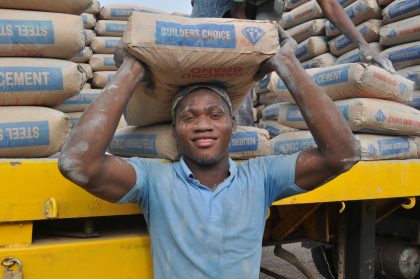 The next step will be that the masons, carpenters, counterparts, and Peace Corps Volunteers will ensure that each household has a secure, Environmentally-friendly, and safe location for their latrines based on environmental guidelines.
The next step will be that the masons, carpenters, counterparts, and Peace Corps Volunteers will ensure that each household has a secure, Environmentally-friendly, and safe location for their latrines based on environmental guidelines.
Once the location is chosen the community members will have a week to dig their pit and collect the raw materials such as water, rocks, and sand. The masons and carpenters will ensure that the pits are dug correctly, and will begin to the line them with cement.
The next step will consist of the making of the slab. The four masons/carpenters are in charge of monitoring the work for ten latrines each. Each mason will have a week to complete the slab for his ten latrines and properly set it on the pit. During this period community members will spend this week molding the blocks for the superstructure.
Once the blocks are completed the masons will assist the community members in putting up the superstructure along with the vent pipe. After the members have their superstructure finished the carpenter will place a roof and door on the latrines to complete the building.
The next step is to educate each latrine owner on latrine upkeep. The counterparts, and Peace Corps Volunteer will be responsible for teaching each community member how to maintain their latrine and follow up the weeks after to ensure its proper usage. Also, for the months leading up to the latrine building, school health education programs and community meetings have been and will be held on hand washing and the building of hand washing stations.
Project Impact
The entire community of 3,000 people will benefit from the project.
Peace Corps Volunteer Directing Project
Katerina Fella
Monitoring and Maintenance
The project sustainability comes with education and the involvement of all the community members and masons/carpenters, who will be educated on the proper construction of a latrine. In addition, the majority of the materials are found in the community, making it easy for community members to purchase materials if something needs to be repaired.
To ensure proper use of the facilities and maintenance of Latrines, community members are educated on how to keep their latrines clean, and properly use them.
Weeks following the building of the latrines the counterparts and Peace Corps volunteers will go to the homes of the forty members who have received latrines to monitor their usage and do individual training on latrine upkeep.
Project Funding
The funds to implement this project have been advanced by an anonymous donor.![]()
